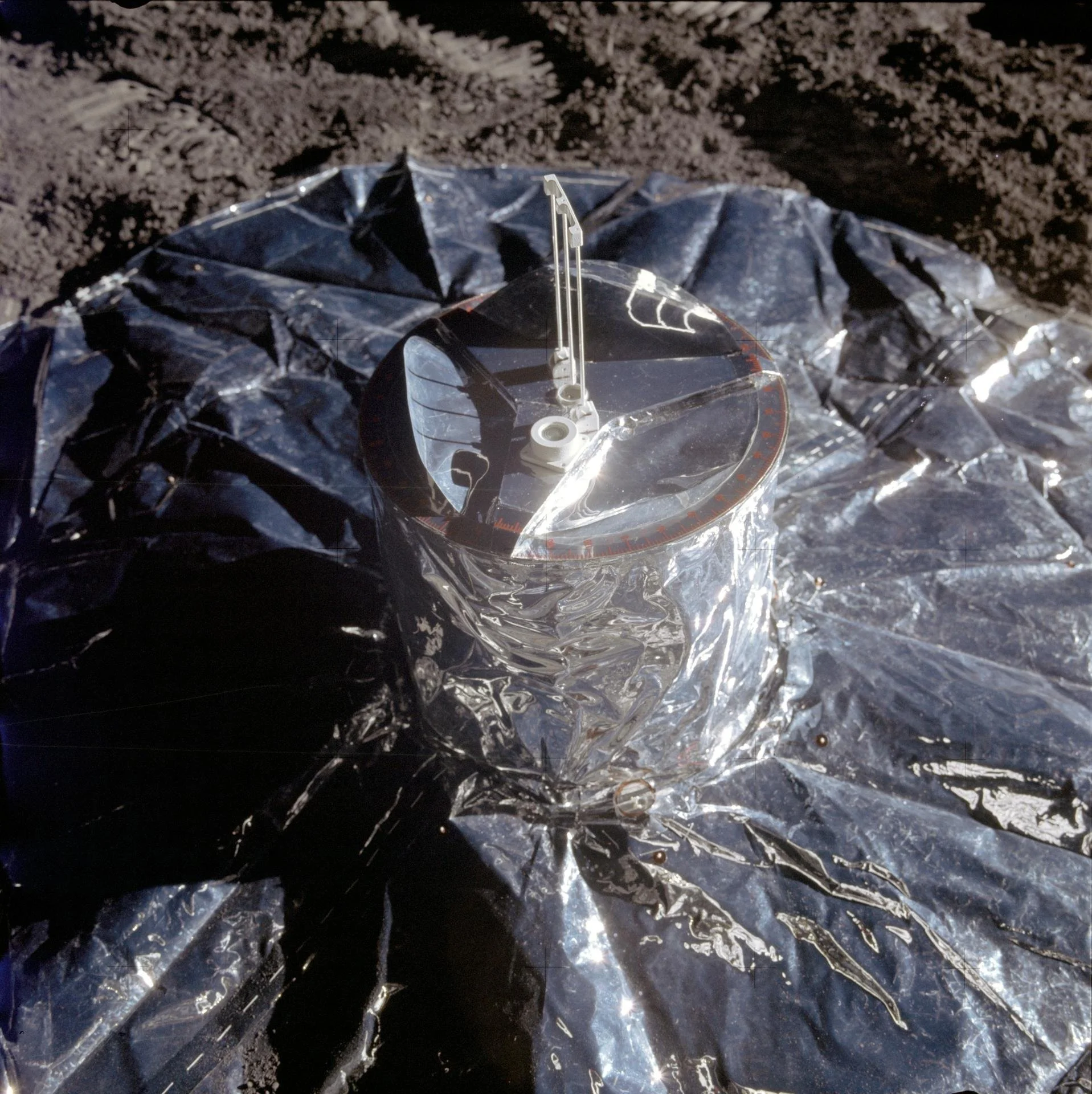Seismic
de Toonbank (ENG)
© Nasa
Seismic waves of sound and movement
A small movement can set something far larger in motion. A scarcely perceptible tremor can herald a major natural phenomenon unfolding many kilometres away. Seismic vibrations travel as waves through the earth. Like sound waves, they set things in motion, and the outcome is not always predictable.The makers of this performance set out to trace the close yet often invisible bond between sound and architecture. What might sound mean if treated as matter? What physical impact does sound have on a space and on those within it? What is the force of sound, and how can a space be manipulated by placing sound within it? This last question seems almost the opposite of the classical one – how sound is shaped by a room’s architecture. That tension is exactly where Seismic operates: putting our usual view of the world in motion, letting go of the traditions and rituals of ‘the concert’, and seeking a new way of engaging with music. Seismic is therefore not a concert but a total environment in which scenography, choreography and music form a single, unified whole. Aïda Gabriëls found in Ictus the ideal partner to integrate both existing repertoire and newly composed music into one continuum.Variable time
The new music on the programme is by Maria W Horn, a Swedish composer fascinated by the spectral properties of sound. Her work often pivots on drones (long-sustained tones or chords), with spatiality as an essential part of the aesthetic. Although Horn has a background in electronic music, for this performance she composed for the musicians of Ictus (string trio, trombone and tubular bells) in combination with live electronics.The title of her work – Time Variables – already signals that, alongside space, musical temporality is crucial. Pitches are precisely fixed, but exact timing is variable. Each musician traverses the same structure according to their own temporal flow. As a unit of time she does not use rhythms or time signatures but the length of a bow stroke, a heartbeat, the interval between two blinks of an eye, and so on. Sounds meet, slide in and out of one another, and together form a sound field in constant motion. The realisation of the score is therefore strongly shaped by the musicians’ own input, with whom Maria W Horn worked intensively.Beneath the acoustic (and electronically altered) instrumental sounds we hear, or feel, a low sine tone (a C at 65.406 Hz) that is made to oscillate through phase shifts. The way these sounds fuse, together with differences in loudness and timbre, is determined by the space in which the work resonates. By ‘space’ we mean not only the architectural room (floors and walls) but also the living space, everything happening within it: movements of the audience, interactions between musicians, unexpected events.There is a certain ominous power in the low sine tone in Horn’s work, which happens, by chance, to use the same fundamental as Alvin Lucier’s Wind Shadows. In Lucier’s piece a single trombone interacts with the sine tone: you do not hear the trombone as such, only how its frequencies disturb or reinforce the sine.Unpredictability and danger
Just as the motion of tectonic plates is never entirely predictable, Seismic continually plays with a sense of suspense. As an audience member you leave the safe anonymity and passivity of a concert-hall seat. You become part of the space and decide where and how to connect with the music. Aïda Gabriëls describes the performance as a kind of pas de deux between the audience – as a group of individuals – and the performers. The performers follow a defined musical programme, yet they also respond to the space and the public. There is a significant choreographic component, too: two percussionists occupy the space and form a bridge between spectators and ensemble. In Alvin Lucier’s Love Song two musicians are literally connected by a single string that transmits their vibrations. How this duo moves through the room depends on how the audience positions itself; conversely, the public’s movement is guided by the duo’s trajectory. Metal sculptures and tailored lighting intensify the total experience.The music presented alongside Maria W Horn’s new work is carefully selected and lends itself to a subtle interweaving of compositions, so it is not always clear where one work begins and another ends. Each piece also carries a sense of resolve and necessity that can be felt as a kind of threat. The most extreme example is James Tenney’s Having Never Written a Note for Percussion. This composition consists of a single sound that emerges from nothing and swells to maximum loudness, then just as slowly dies away. As a listener you do not know where that maximum lies – or whether it will become too much. There is a limit, but it is invisible. You are in the performer’s hands.Three ecosystems
In Seismic, three levels are constantly interlinked. The aural level consists of the various compositions that sound. There is the kinetic level: movement. The way audience and artists co-define each other’s space is a crucial part of the dramaturgy. And there is the interaction with the architecture of the venue, different in every performance. The work is not only shaped by the room; it also changes how that room is experienced.a contribution by Klaas Coulembier for Concertgebouw Brugge